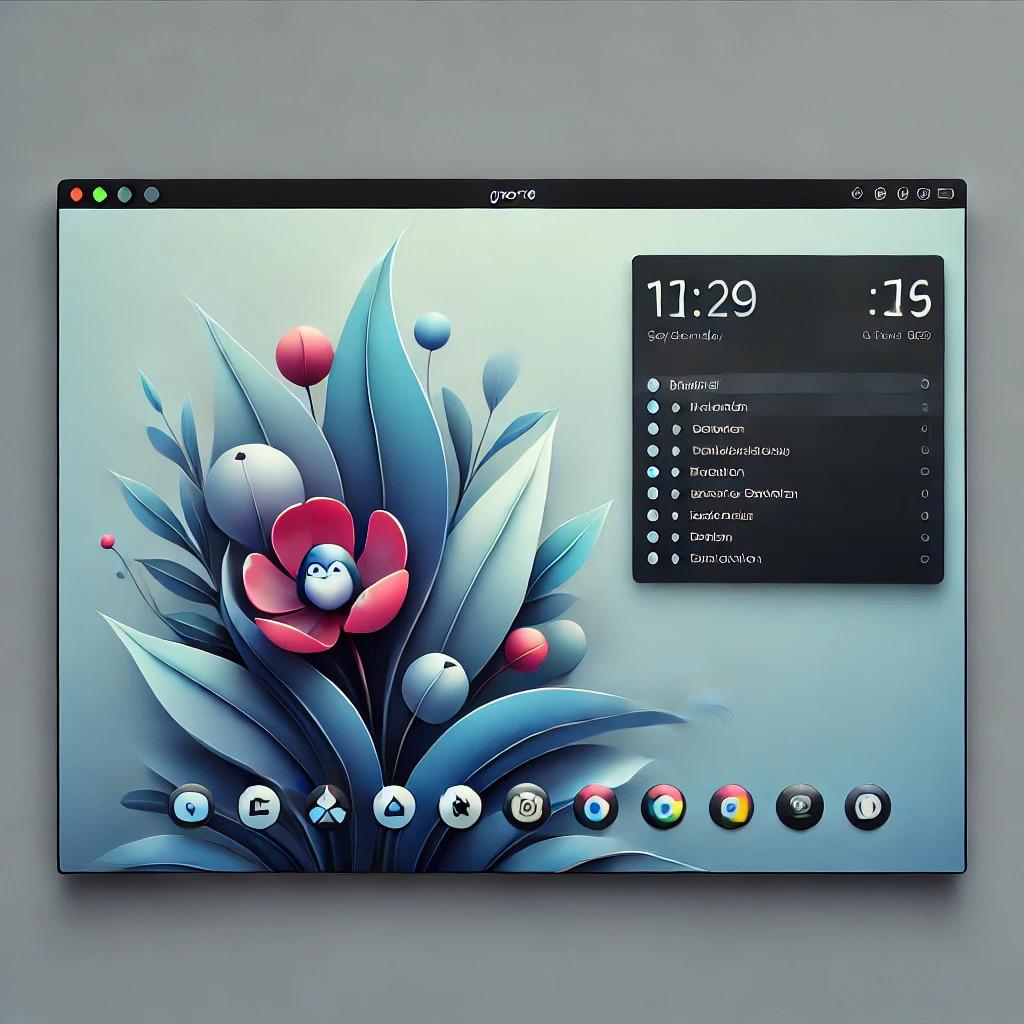In today's interconnected digital landscape, understanding the intricacies of network security is paramount. Whether you're a seasoned cybersecurity professional or an enthusiastic novice, having the right tools at your disposal is crucial. Among these tools, Nmap stands out as a cornerstone for network exploration and security auditing. In this article, we'll delve into the depths of Nmap, exploring its features, applications, and best practices.
What is Nmap?
Nmap, short for Network Mapper, is an open-source tool designed for network exploration and security auditing. Developed by Gordon Lyon, commonly known by his pseudonym "Fyodor," Nmap has evolved over the years into a robust and versatile utility. It operates by sending packets to target hosts and analyzing their responses to provide valuable information about the network's topology, services, operating systems, and potential vulnerabilities.
Key Features of Nmap:
Port Scanning
One of Nmap's primary functions is port scanning. It allows users to discover open ports on target systems, providing insights into the services running on those ports and potential entry points for attackers.
nmap -p 1-100 192.168.1.1Host Discovery
Nmap facilitates the discovery of hosts within a specified range of IP addresses. By sending ICMP echo requests, TCP SYN, ACK, or UDP probes, it identifies active hosts on the network.
nmap -sn 192.168.1.0/24Service Version Detection
Nmap can determine the versions of services running on open ports, aiding in vulnerability assessment and patch management.
nmap -sV 192.168.1.1OS Fingerprinting
Through a series of probing techniques, Nmap can attempt to identify the operating systems of target hosts based on their responses to network packets.
nmap -O 192.168.1.1Scripting Engine
Nmap's scripting engine (NSE) allows users to automate and customize tasks, extending its functionality for specific purposes such as vulnerability scanning and network inventory.
Best Practices and Considerations:
Permission and Legality
Always ensure you have proper authorization before scanning networks. Unauthorized scanning could lead to legal repercussions.
Stealth and Discretion
Depending on the context, choose scan types that prioritize stealth to avoid detection by intrusion detection systems (IDS) or firewall logs.
Documentation
Document scan results meticulously, including dates, times, and specific configurations used. This information is invaluable for audits and future reference.
Regular Updates
Keep Nmap and its associated scripts updated to leverage the latest features and security enhancements.
Conclusion:
Nmap stands as a stalwart in the realm of network exploration and security auditing, empowering users with insights into network topology, services, and potential vulnerabilities. Its versatility, coupled with a rich set of features, makes it an indispensable tool for cybersecurity professionals worldwide. By understanding its capabilities and adhering to best practices, users can harness the power of Nmap to fortify their networks against potential threats and vulnerabilities.





















0 Comments, latest